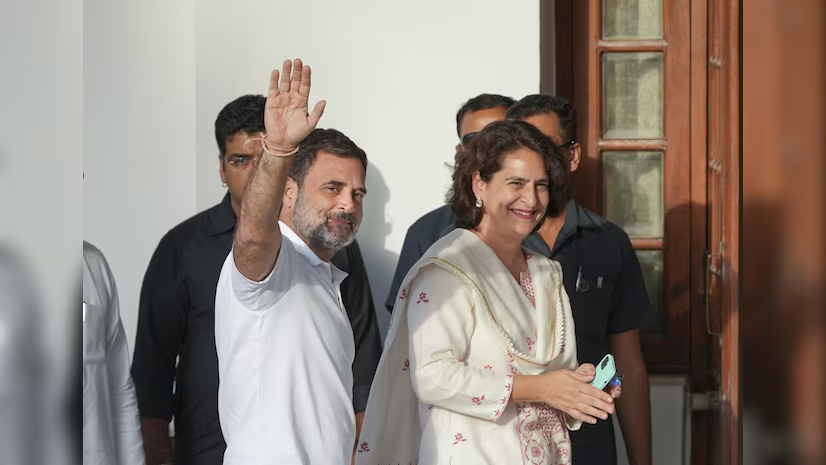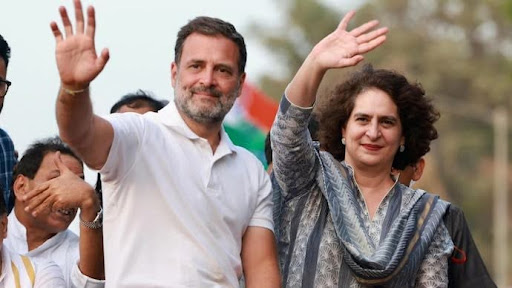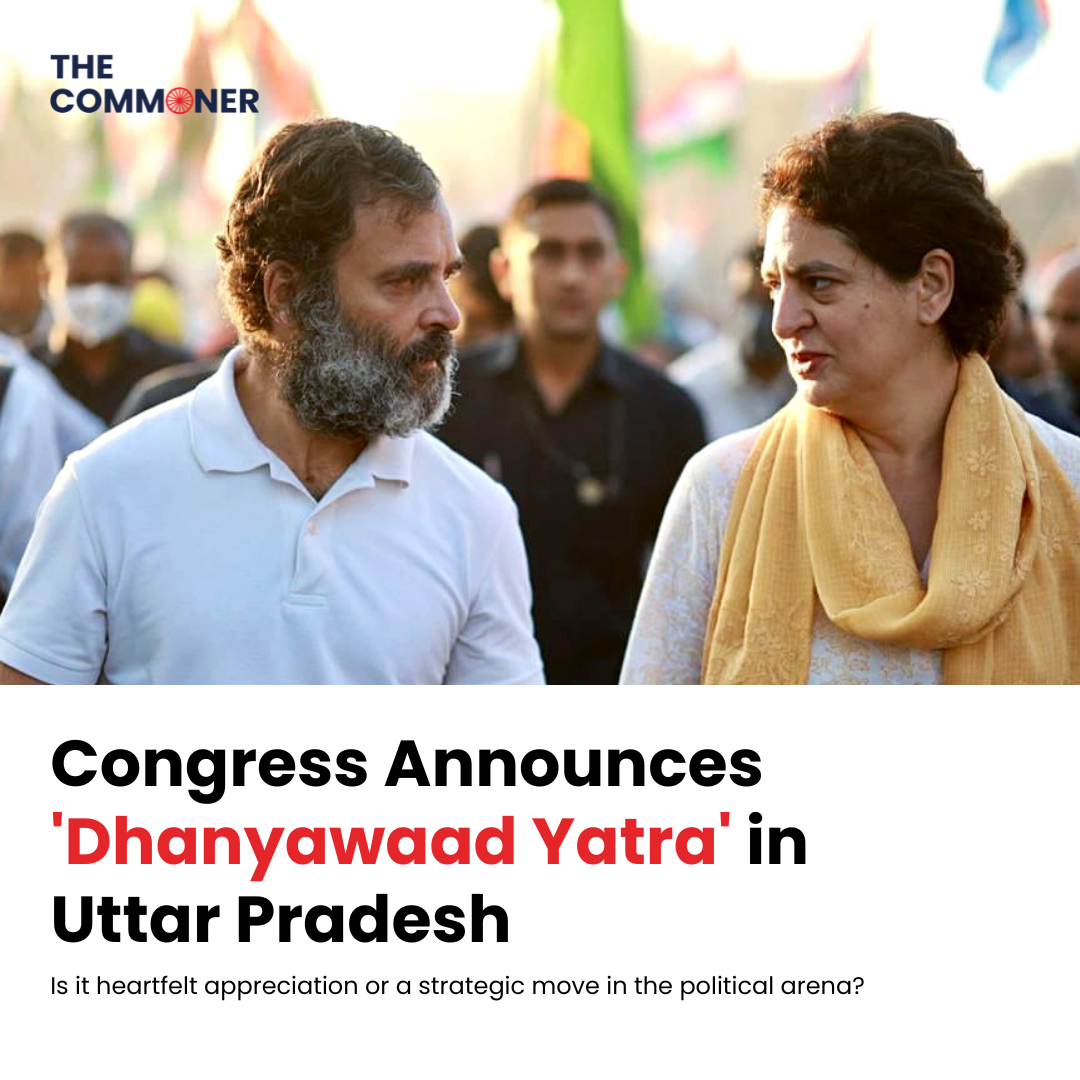Congress Announces ‘Dhanyawaad Yatra’ In Uttar Pradesh: Heartfelt Appreciation Or Strategic Move?
The Indian National Congress has announced the ‘Dhanyawaad Yatra’ in Uttar Pradesh, a state where the party has faced significant electoral challenges in recent years. Led by Rahul Gandhi and Priyanka Gandhi Vadra, the ‘Thank You Tour’ aims to connect directly with constituents. As the yatra concludes on June 15, many are left wondering whether this initiative is a genuine expression of gratitude or a calculated political strategy to regain lost ground in Uttar Pradesh.

Congress to kick off ‘Dhanyawad Yatra’ in UP after Lok Sabha poll victory | Politics News
Source: Business Standard
The Context of 'Dhanyawaad Yatra'
The Congress party has struggled to maintain a strong foothold in Uttar Pradesh, a state crucial for political success due to its large number of parliamentary seats. Recent electoral setbacks have highlighted the need for the party to reconnect with its voter base and reassess its strategies. In this context, the ‘Dhanyawaad Yatra’ has emerged as a significant move, potentially marking a new phase in the party’s efforts to rebuild its presence in the state.
Rahul and Priyanka Gandhi's Role
Rahul Gandhi and Priyanka Gandhi Vadra are at the forefront of this tour, leveraging their leadership roles to foster direct connections with the people of Uttar Pradesh. Their presence is intended to signal the party’s commitment to understanding and addressing the concerns of the electorate. The tour includes interactions with various communities, addressing local issues, and expressing gratitude to the voters. This personal touch is seen as a way to rebuild trust and rapport with the people.
Genuine Expression of Gratitude?
One perspective is that the ‘Dhanyawaad Yatra’ is a heartfelt appreciation for the support the Congress party has received, despite its electoral losses. By directly engaging with constituents, the Gandhis aim to show that the party values its supporters and is committed to listening to their needs and concerns. This approach can help mend relationships and restore faith in the party’s leadership.
Expressing gratitude is a powerful tool in politics, as it humanizes leaders and strengthens their bond with the electorate. The ‘Dhanyawaad Yatra’ might therefore be seen as an effort to rebuild trust and establish a more personal connection with voters, something that has been lacking in recent years.
Strategic Political Move?
On the other hand, many view the ‘Dhanyawaad Yatra’ as a strategic maneuver designed to reassert the Congress party’s dominance in Uttar Pradesh. With the 2024 general elections on the horizon, this tour could be a calculated effort to reinvigorate the party’s base, attract media attention, and present a united front. Engaging directly with voters and addressing their issues can help revitalize the party’s image and galvanize support.
The tour also provides an opportunity to analyze the political landscape, understand shifting dynamics, and adapt strategies accordingly. By actively participating in grassroots politics, the Congress leadership can identify key issues, gather feedback, and fine-tune their approach to campaigning.

After Uttar Pradesh stunner, Congress announces Dhanyawaad Yatra in state from June 11-15
Source: India Today
The Real Story
So, what is the real story behind the ‘Dhanyawaad Yatra’? It is likely a combination of both heartfelt appreciation and strategic planning. For a party that has seen significant decline in a key state, every move is scrutinized for its political implications. The genuine expression of gratitude can coexist with a strategic intent to regain political ground. By acknowledging past support and demonstrating a commitment to future engagement, the Congress party aims to rebuild its presence in Uttar Pradesh.
Conclusion
The ‘Dhanyawaad Yatra’ in Uttar Pradesh, led by Rahul Gandhi and Priyanka Gandhi Vadra, is a multifaceted initiative. Whether seen as a heartfelt gesture or a strategic move, it highlights the Congress party’s efforts to reconnect with the electorate and regain its footing in a crucial political arena. As the tour concludes, its impact will be measured by the party’s ability to translate these efforts into tangible political gains in the upcoming elections.


